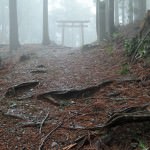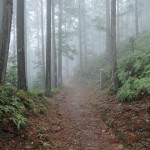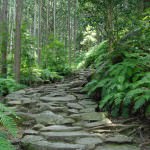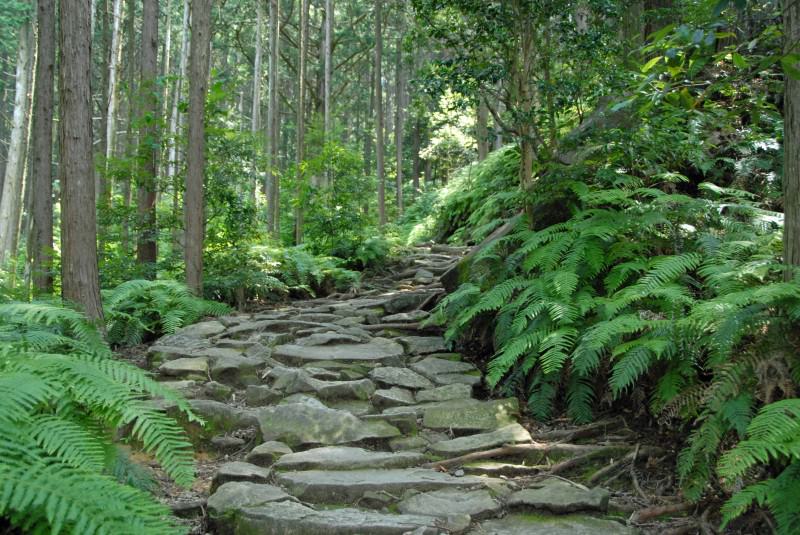
Kiiji
This trail follows the western coast of the Kii Peninsula, starting from Osaka and ending in Kii-Tanabe. This was the route used by the pilgrims from the Kyoto Imperial Court. They would start their journey by visiting Jonangu Shrine just south of Kyoto (near Fushimi). Here they would normally stay for about a week, performing “misogi” (Shinto water purification ritual) and maintaining a strict vegetarian diet to purify themselves before starting the pilgrimage. They would then take a boat down the nearby Yodo River, and begin their journey along the Kiiji. At Kii-Tanabe, there are two options: the Ohechi and the Nakahechi. The Ohechi continues south along the coast line. And the Nakahechi turns westward into the rugged, mountainous interior of the peninsula. Because the Kiiji was used by people from Kyoto, as the pilgrimage from Kyoto became popular about 1,000 years ago, the Kiiji became popular at that time.Ohechi
The Ohechi leads from Kii-Tanabe along the extreme southern coast of the Kii Peninsula to the Nachi Taisha. This route became popular during the Edo period. It was popular with people who were interested in the Kannon Pilgrimage of western Japan, but was also popular with people who were interested in sightseeing as it followed the scenic coastline of the peninsula. Most of this route has been lost to urban sprawl, but there are a few remaining sections over passes that still remain today.Nakahechi

Iseji






